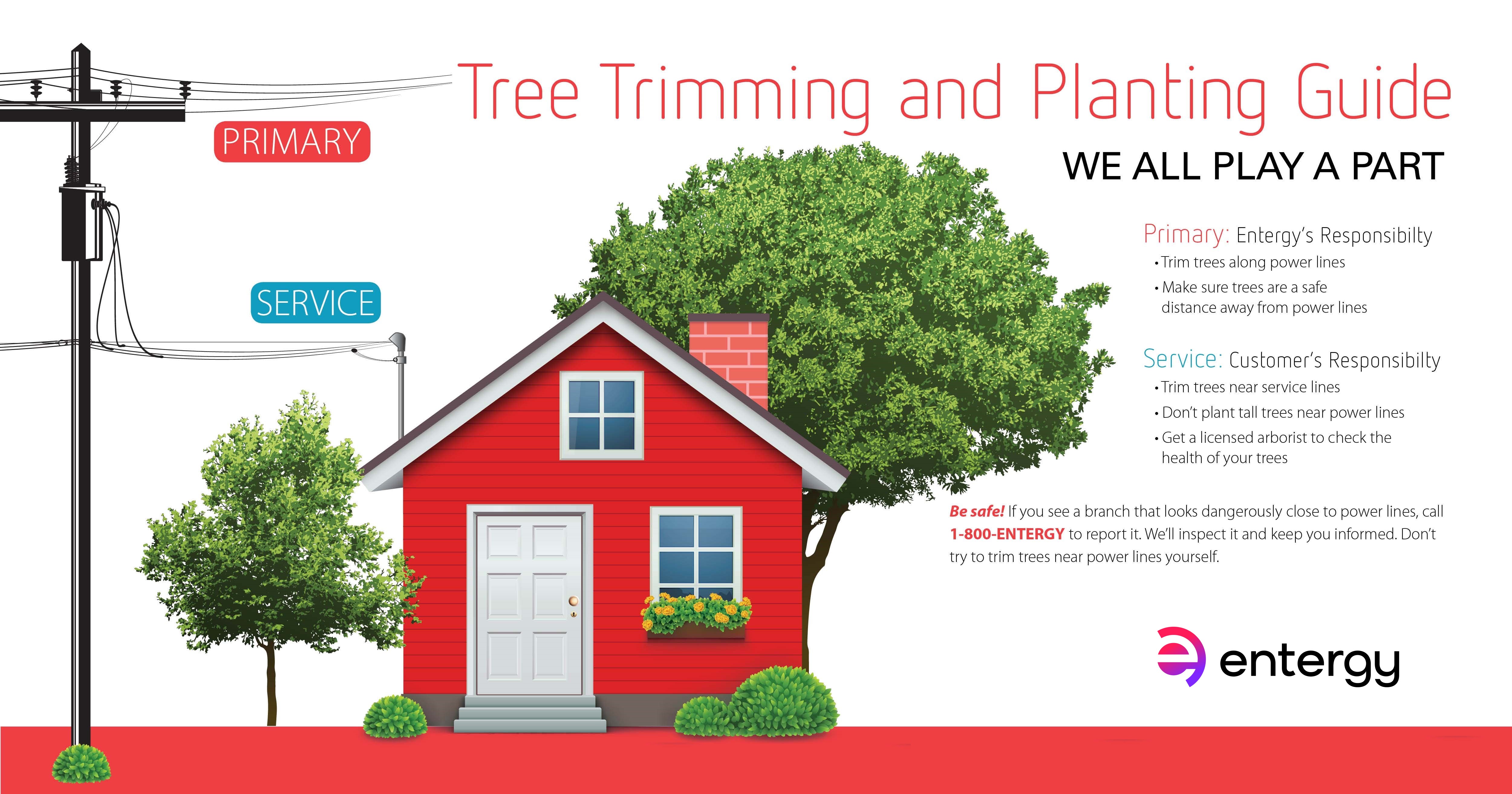When it involves seasonal tree treatment, making certain proper monitoring before and after removal can considerably affect the health and aesthetic appeals of your landscape. By comprehending the necessary steps associated with examining tree wellness and planning for elimination, you can proactively secure your property. Yet what concerning the vital practices to adhere to as soon as the tree is gone? Keep tuned to uncover the important post-removal care procedures that will certainly aid you cultivate a thriving and sustainable setting for your trees.
Pre-Removal Tree Treatment
Prior to dealing with the elimination of a tree, it's essential to prioritize pre-removal tree care. Start by analyzing the tree's health and wellness and architectural stability. updated blog post for indicators of disease, pest problems, or any type of structural problems that may pose a safety and security risk throughout removal. It's important to seek advice from a licensed arborist to figure out the very best course of action.
Trimming dead or diseased branches can avoid more damage to the tree and make certain a smoother removal procedure.
Furthermore, consider the ecological effect of getting rid of the tree. Trees play a vital function in our ecosystem, so growing a new tree in an appropriate place can aid counter any kind of loss. Make https://www.santacruzsentinel.com/central-fire-offers-tree-safety-tips-for-holiday-season that you have the required authorizations and consents for tree removal, particularly if the tree is secured by local policies.
Seasonal Upkeep Tips
Evaluating your tree's needs throughout the year is vital for its health and longevity. To keep your trees in leading problem, comply with these seasonal maintenance tips.
In spring, focus on trimming to get rid of dead or damaged branches and motivate brand-new growth.
Summer asks for routine watering, particularly throughout dry spells, to ensure your tree remains hydrated.
As fall approaches, keep an eye out for early indicators of condition or anxiety, and think about using mulch to secure the origins throughout winter.
In winter months, beware when getting rid of snow from branches to prevent breakage, and continue to check your tree's total health and wellness.
Bear in mind to readjust your treatment regular based upon the certain needs of your tree varieties and local environment. By remaining conscientious and aggressive throughout the periods, you can help your trees grow and grow for many years ahead.
Post-Removal Tree Treatment
To make sure the health and wellness of your landscape even after tree elimination, correct post-removal care is important. After a tree is eliminated, it's vital to load the staying opening with topsoil and compact it to prevent settling. This will help preserve the stability of the ground and protect against possible threats in the future.
Think about growing new greenery in place of the eliminated tree to recover the balance and visual appeals of your landscape. Regularly water the area to promote the growth of brand-new plants and prevent soil disintegration.
Evaluate the bordering trees for any indications of condition or stress and anxiety that might have been brought on by the gotten rid of tree. Keep an eye out for parasites that might've been drawn in to the previous tree and take preventive measures to protect the remaining plant life.
If essential, speak with a specialist arborist to examine the effect of the removal on the surrounding trees and figure out any kind of extra care needed. By following these post-removal care actions, you can guarantee the continued health and wellness and appeal of your landscape.
Conclusion
To conclude, aggressive seasonal tree treatment is vital for keeping the wellness and balance of your landscape. By assessing tree wellness, trimming, and speaking with an arborist before removal, you can ensure a risk-free process. After removal, loading the hole, growing brand-new vegetation, and regular watering will certainly advertise brand-new growth and stop disintegration. Bear in mind to check bordering trees for illness and look for further treatment procedures from an arborist to keep your landscape growing.
